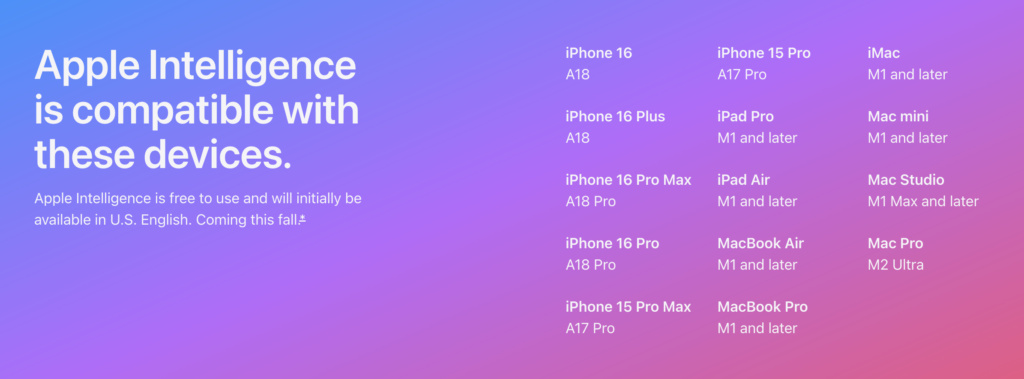Performance Max Best Practices
Performance Max (PMax) is a unique offering that takes full advantage of multiple marketing channels, promoting your hotel across Google’s ad inventory. We’ve already looked at the basics of this campaign type in “What Is Google’s Performance Max?” and assessed its efficacy and use cases in our Performance Max Performance Analysis, so the only thing left is to get this campaign live!
Performance Max is a more recent addition to the marketing world, only introduced in 2021, but we've got you covered. Check out the list of our best practices and campaign recommendations to get the most out of this campaign type.
PMax budget recommendations
Through our testing, we’ve determined that PMax campaigns require a minimum spend of $45 per day in order to run effectively and generate positive results.
While we have yet to determine a maximum spend, we recommend starting close to this minimum and ramping up over time. While PMax campaigns tend to generate positive results, certain hotels can see negative effects from this campaign type, so it’s important to start slow with a lower-spend testing phase.
We highly recommend adding additional budget to support the launch of a PMax campaign. However, if budget redistribution is necessary, we recommend pulling from non-branded campaigns such as Market Terms. See our Performance Max Performance Analysis for more details.
When to launch a PMax campaign
Because Performance Max relies heavily on automation, Google requires a fair amount of data before PMax campaigns can run effectively.
We recommend a minimum of 3 months of Google Ads data before launching a PMax campaign, with a minimum of 30 conversions. This ensures the account has enough history for your PMax campaign to identify your hotel’s converting audiences.
How to prioritize a PMax campaign
Because PMax campaigns utilize account-wide data to run more effectively, we highly recommend running PMax alongside other Google Ads campaigns.
Based on our Performance Max Performance Analysis, we recommend prioritizing Brand Terms over PMax campaigns, and PMax campaigns over non-branded campaign types. However, the ultimate priorities and focus areas within your hotel’s advertising strategy will depend on your individual marketing goals and performance history.
First-party data & PMax campaigns
Along with historical campaign data, Google Ads uses “audience signals” to serve ads effectively. Audience signals can include affinity and in-market audiences, such as “Luxury Travelers,” as well as search terms, such as “Hotels In Park City.” However, the addition of first-party data makes PMax campaigns far more effective.
Signals such as customer match lists and Run of Site audiences are highly individualized for your specific hotel, making them an incredible resource for Google when trying to identify converting audiences and serve ads effectively.
Asset quality in PMax campaigns
High-quality assets are always important in advertising, but even more so when it comes to PMax campaigns. Due to the mix-and-match nature of this campaign type, it’s vital to have a wide variety of appealing, up-to-date image and text assets. High-quality video assets from YouTube, while not strictly required, are also a major benefit to a PMax campaign.
Google does provide the option to automatically generate certain PMax campaign assets, but we highly recommend against this. Automated assets are often low quality, offer very little control over brand voice, and tend to perform poorly.
Performance Max campaigns have an incredible amount of potential, but they aren’t magic. For your PMax campaigns to run effectively, they require proper input, including high-quality assets, comprehensive data on converting audiences, and a dedicated budget.
If you’re looking for more information on Performance Max, or want to get your hotel set up with this campaign type, don’t hesitate to reach out.



